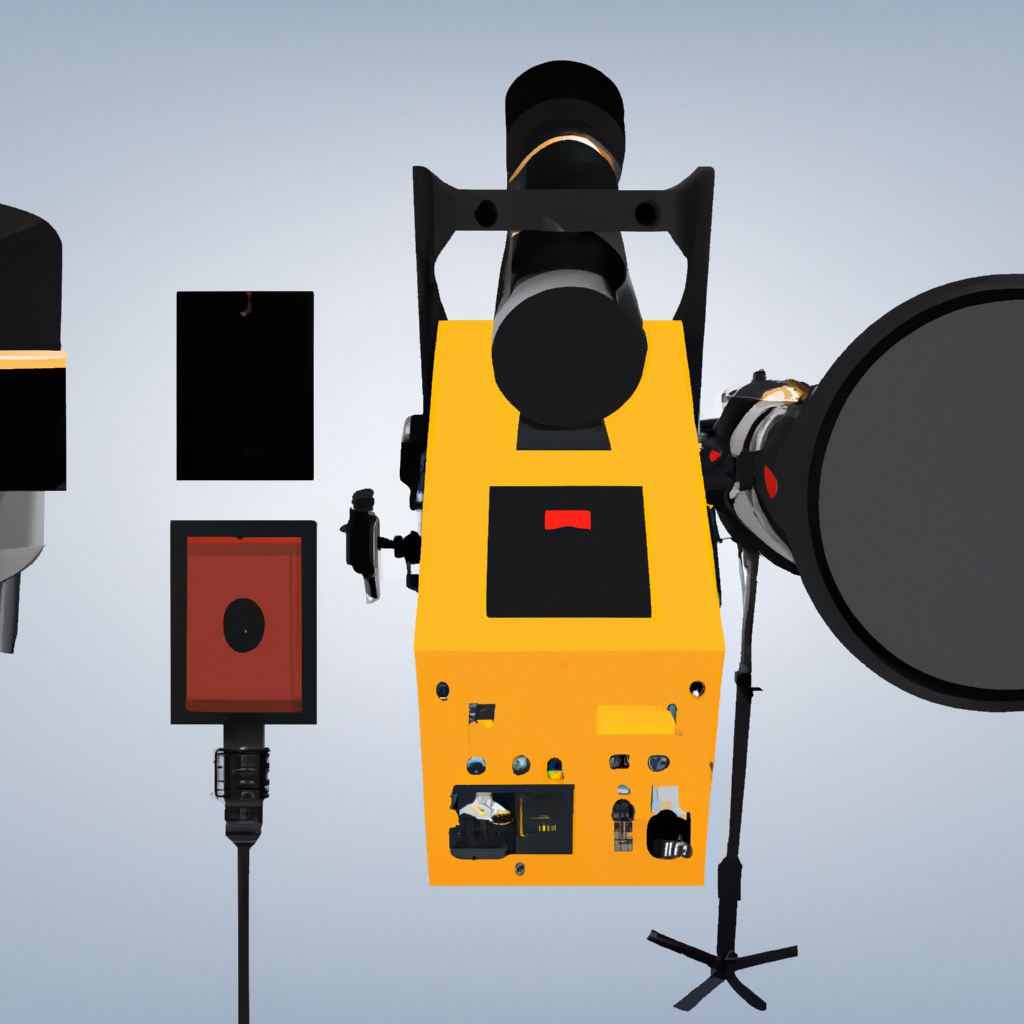The Evolution of Acoustic Treatment: How Modern Studios Optimize Sound Quality
Boost Your Creativity: Unlock Exclusive Deals at Our Premier Sound and Video Recording Studio!
Hey folks! Today, we’re diving into something pretty cool: the evolution of acoustic treatment and how modern studios are nailing sound quality. If you’re anything like me and have spent a good chunk of time in recording spaces, you’ll know just how crucial this stuff is. I mean, who doesn’t love a good jam session that sounds as sweet as it does in your head?
So, let’s roll back the clock a bit. Back in the day—I’m talking way before digital everything—acoustic treatment was more of an art than science. People would hang rugs on walls or use egg cartons (no kidding) to dampen echoes. It was all trial and error with a dash of creativity. My uncle used to record his garage band back in the ‘80s using thick curtains he swore by for muffling unwanted noise. He’d tell stories about playing around with different fabrics until they found something that worked well enough.
Now, fast forward to today, and it’s like comparing paper airplanes to drones—completely different ballgames! Modern studios look at acoustics scientifically; they’ve got experts tweaking every detail down to the nitty-gritty physics of sound waves. You walk into these places now, and you see these high-tech panels on walls and ceilings called diffusers or absorbers (yeah, there’s actually a difference). These things work wonders controlling echoes and resonance which are fancy words for making sure what you hear is clear as day.
Let me give you an example from my own adventures in music land. A few years ago, I had the chance to visit a friend’s studio—he’s one of those audio engineer guys who’s always geeking out over sound gear—and boy did it blow my mind! His studio wasn’t huge but had these sleek foam panels strategically placed all over the room. The difference when we played back our recordings? Night and day! It was like hearing colors if that’s even possible.
And then there’s bass trapping—a lifesaver for anyone dealing with pesky low frequencies that make mixes muddy or boomy (is boomy even a word?). Picture this: without proper bass traps, your kick drum might end up sounding more like someone thumping on wet cardboard than anything punchy or crisp.
The coolest part? Acoustic treatment isn’t just limited to pro-level studios anymore; home musicians can get their hands dirty too! There’s loads of DIY options out there—from building your own panels using wood frames stuffed with insulation material—to kits you can buy online ready-made for easy installation.
I remember helping another buddy set up his bedroom studio last summer—we spent an afternoon cutting up some rock wool insulation (make sure you wear gloves!) and fitting them inside wooden frames covered with breathable fabric. Not only did we save money doing it ourselves but also learned tons about what makes sound behave indoors versus outdoors.
All said though—it’s not just about slapping foam everywhere willy-nilly—you gotta know where best put them according to room shape & size plus other factors like speaker placement etc., otherwise ya might end up worse off than before!
Oh yeah—and don’t forget aesthetics too; nobody wants their space looking like Frankenstein’s lab unless maybe they’re going full-on industrial chic style haha!
In conclusion folks: whether you’re running big-time professional sessions or simply jamming solo at home—it pays dividends investing time/effort understanding/acoustically treating rooms right away rather than later wishing had done so sooner once problems arise affecting final product output negatively…
Anyway thanks reading along till here hope enjoyed journey exploring fascinating world evolving acoustics together today catch next post soon meanwhile happy tuning everyone cheers!!

Leave a Reply